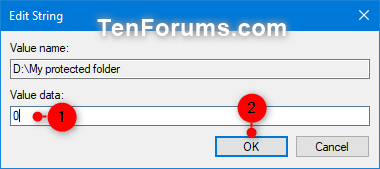

Enable Network Protection: Network protection helps protect against malicious activity from other computers on the same network.This will help protect against new ransomware threats that may not have been seen before. Use the Cloud Protection Feature: Make sure that the Cloud Protection feature is enabled in Windows Defender.

This will help ensure that any potential ransomware is detected and removed quickly. Configure Automatic Scanning: Configure Windows Defender to automatically scan your system on a regular basis.This will help protect your system from ransomware and other malicious software. Enable Real-Time Protection: Make sure that Real-Time Protection is enabled in Windows Defender.However, there is no other reliable way to bring your data back. This approach is not 100% guaranteed as deleted files may be completely or partially overwritten with the new ones. You can use a data recovery program by Hetman Software to try recovering the deleted original versions of your files. This process continues until all files are encrypted. It creates an encrypted copy of every file, and then deletes the originals. Having infected the system, such virus scans user folders to find documents, photos and other files. Let’s have a closer look at how ransomware works. Once you get experienced hackers interested, you risk losing more than just your files. There is little chance of getting the key, but you will certainly attract more attention to your humble person. Sending your money somewhere in the hope of getting this key is a bad idea either. It is next to impossible to recover them without knowing the encryption key. Did a Ransomware Virus Encrypt Your Files? Are You Looking For Ransomware Decryption Tools? ☣️🚫📁


 0 kommentar(er)
0 kommentar(er)
